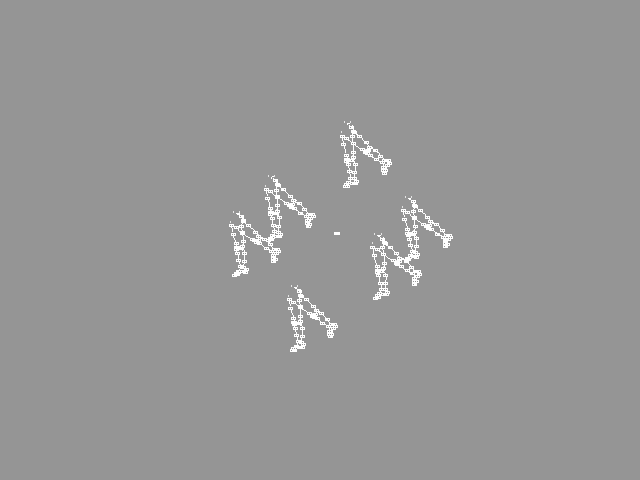6.16.1 Centrifugal ForceThe purpose of this example is not just to demonstrate how to create a tangential force field, but also to demonstrate how hierarchical animated objects can be used as targets for particle oriented methods, and how these traditional and particle oriented methods can be mixed with each other. In this example we will use a "mechanically" animated object as a particle and let a tangential force field rotate such particles. Because of the centrifugal force, particles will disappear quite soon, but who cares. 1. Create a level and rename it as "particle". 2. Create animated legs (just as in the example 6.3.1 Walking Legs), under the "particle" object. 3. Duplicate "particle" so that you have several walking legs. 4. Create a TANGENTIAL FORCE method to the same level with the particles. 5. Create an axis primitive under the force method. 6. Create a PROCESSOR method to the same level with the TANGENTIAL FORCE method and the particles. |
 YouTube Figure T6-48: Walking Legs as Particles Acting under the Influence of a Rotating Force Field. |
|
Set Resolution=100 frames, Seconds=10 and play the animation. Tangential force starts to rotate walking legs; because of the centrifugal force, all the walking legs go away. Now we have gone through all three force methods by studying just one or two simple examples of each of them. The reason for this is not that there are no more things to tell you about these methods, but these kind of force simulations require some basic knowledge of mathematics and physics, and it would require an entire book to go through all different features and possible applications. So, it is time to leave these force methods now and enter the next section. |
| ghh don'tpanic |